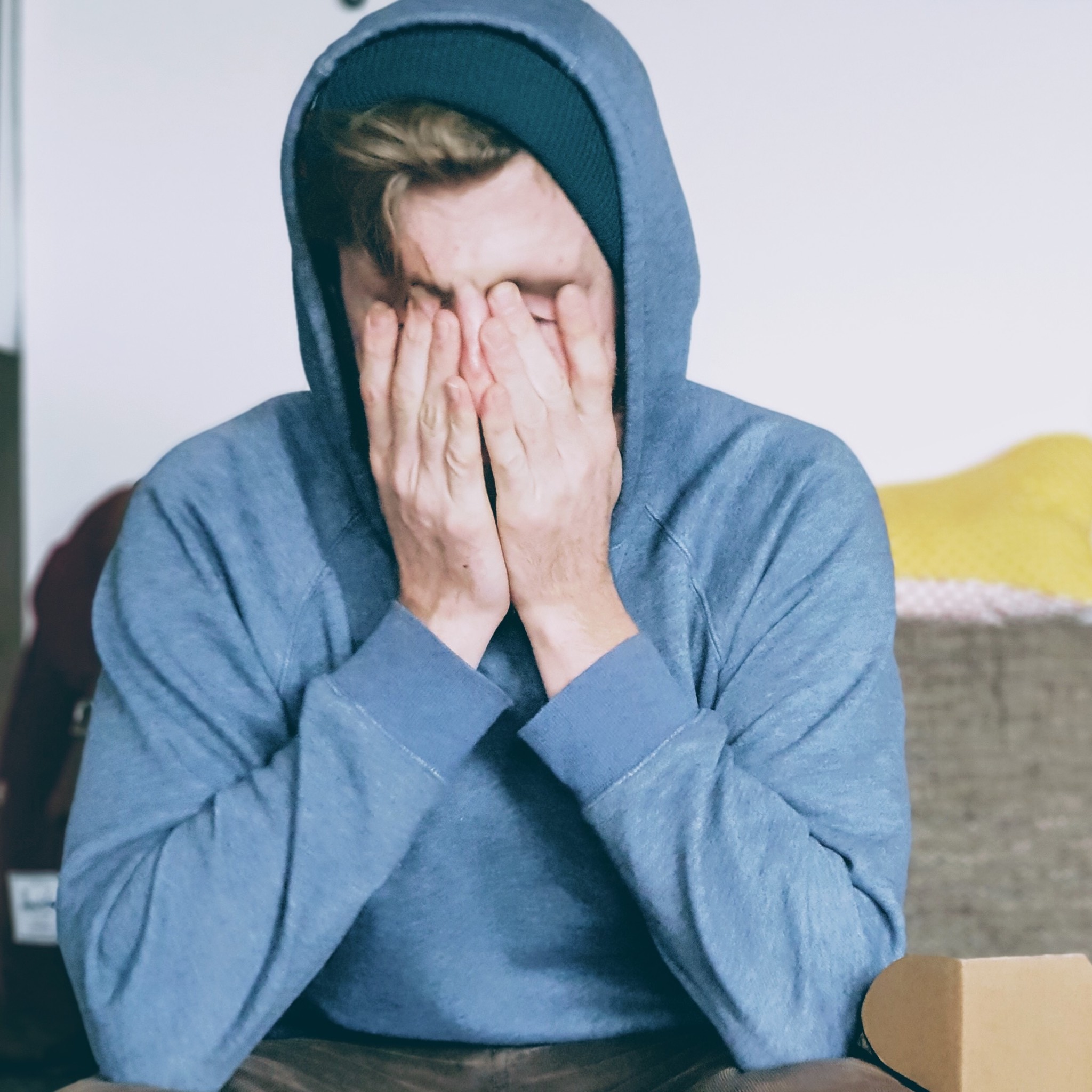 Exercise, meditation, yoga, breath work, it does not take therapy or a therapy blog for you to know that these practices help with stress. What many people do not yet know is the WHY behind the practice. We as a society get that we need to cope or “handle” our stressors. We create to-do lists, we have our inspirational Instagram pages we follow to motivate us to “hustle” or whatever it is that inspires us to get the work done to take care of the stressor. Additionally, we know to create boundaries or take out negative stressors from our life. These are practices that specifically deal with our stressors. However, exercise, meditation, yoga, and breath work are the practices that deal with the stress.
Exercise, meditation, yoga, breath work, it does not take therapy or a therapy blog for you to know that these practices help with stress. What many people do not yet know is the WHY behind the practice. We as a society get that we need to cope or “handle” our stressors. We create to-do lists, we have our inspirational Instagram pages we follow to motivate us to “hustle” or whatever it is that inspires us to get the work done to take care of the stressor. Additionally, we know to create boundaries or take out negative stressors from our life. These are practices that specifically deal with our stressors. However, exercise, meditation, yoga, and breath work are the practices that deal with the stress.
According to Emily Nagoski, PhD and Amelia Nagoski, DMA in their book, Burnout, dealing with the stress means completing the stress cycle. As Americans, we are chronically stressed, which is leading to burnout. The average work week for Americans is 44 hours per week, with merely 15 days allotted for vacation and time-off a year. Let’s then take into account that the majority of households are dual income and on average spend 7 to 8 hours cleaning the home a week in addition to working outside the home. This does not even include time spent on childcare- a recent study by Welch’s reported that the average mom clocks in 98 hours a week. These stats make it clear why we as a nation are stressed and burnt out.
To understand what it means to complete the stress cycle, you have to learn about fight, flight, or freeze and what happens to our body when we are stressed. Fight, flight, freeze is an evolutionary adaptive response to stress - when chased by an animal we would benefit from hormonal activation that helps us survive by pumping blood into our muscles, our heart races, while endorphins allow us to ignore the physical discomfort. In sum, our body and mind changes to prepare for the threat to allow for the best chance for survival. While our stressors have changed in time, our body still responds in the same way. To complete the stress cycle in the past, meant you either lost the battle or you survived by outrunning or battling the animal. In sum, the survival was a signal to the body that the stress was removed, and you can relax- hence the stress cycle is completed, and you are no longer in danger.
In today’s world, we are constantly feeling the threat of stressors, but the fight, flight, freeze response does not help us. Our stressors are no longer animals trying to kill us. Instead, we are under pressure of balancing all of life’s demands, such as keeping our boss happy, making a deadline, etc. We go home and still feel the stress because we have not completed the stress cycle; subsequently, we have a hard time relaxing when we get home. Many will turn on Netflix, maybe pour a glass of wine and wait for the stress to go away. It doesn’t. This pattern of chronic stress eventually leads to burnout. Herbert Freudenberger coined the term burnout in 1975. He noted that burnout included feeling emotionally exhausted, experiencing depersonalization - the lack of empathy and experience of compassion fatigue, and a feeling of decreased sense of accomplishment when it feels like nothing you can do will make a difference. Because we are not dealing with the stress, we are not completing the stress cycle each day. Each day our body feels more stress, and each day we need to signal to our body that we are safe by completing the stress cycle.
Burnout is happening because we are chronically stressed from not completing the stress cycle. We are not signaling to our brain that the danger is no longer there. Exercise is the most efficient way to complete the cycle, but most people do not want to add to their daily responsibility by having to come home each day to exercise. Vegging out and watching a movie certainly sounds better than going to the gym or streaming a yoga video, but it is not addressing the stress. Many people reading this might ask what to do if they do not enjoy working-out. I encourage everyone to find something that they enjoy whether it is a spin class, tennis, running, a kick-ball league, walking the dog, yoga, or weight lifting. When you enjoy doing something, you are more likely to do it consistently. I know, I know, some of you are still thinking, but I don’t enjoy any exercise! No fear, there are other things we can do to complete the stress cycle. According to the book, Burnout, we can utilize positive social interaction, laughter, affection, such as the 6 second kiss or hugs, and/or creative expression to complete the cycle. In addition, a good ole’ cry can also be used to complete the emotional cycle. Yes, I am giving everyone permission, at times, to put on that romantic comedy that brings the tears every time, and allow yourself to complete the emotional cycle to feel better. While these are great alternatives, it should be noted that physical activity is still known to be the most efficient way to complete the cycle.
Many people understand that exercise will complete the stress cycle, but the most common question that comes up for me is, “How do I know if I did enough and completed the cycle?” The easiest answer is you will just know. Many times after a run or finishing a spin class, I have what many people describe as a “runner’s high.” A runner’s high is known by many as the reduction of stress and feeling of elation due to the release of endorphins. You just know that you feel better because you actually feel better. The worst and hardest part of going to the gym is actually going to the gym. Coming home almost everyone describes as feeling better. This better feeling is the feeling of completing the stress cycle.
Emily Nagoski, PhD and Amelia Nagoski, DMA noted that stress is not bad for us, but instead, it is being stuck in the stress that is bad. They note that “Wellness is not a state of being, but a state of action.” That is, moving from life stressors, to completing the stress cycle and enjoying life’s goodness. No stage will last forever but we have to remember to move through stress and complete the cycle. In sum, our life journey is similar to a novel. Life is full of transitions from one chapter to the next. Some of the chapters are a series of stress, defeat, and difficulties while others are full of hope, excitement and newness. The one certainty of our life story is that we keep moving to the next page and chapter while holding the stories from past that have helped shape us. Movement is the state of wellness in our world. We are well when we move from state to state. Movement completes the stress cycle. Movement is wellness.
About the Author

Amy Rollo (old)
, M.A., LPA, LSSP, LPC-SAmy Rollo is a triple licensed mental health provider in Houston, Texas. She is the owner of a large group practice in Houston, Texas, Heights Family Counseling. Heights Family Counseling is a boutique practice that works with young children, adolescents, teens, adults, couples, and families and understands the unique challenges of each stage of life.
Office Location:
2500 Summer Street #1220
Houston, Texas
77007
United States
Phone: 713.380.1151
Contact Amy Rollo (old)
Professional Website:
www.heightsfamilycounseling.com